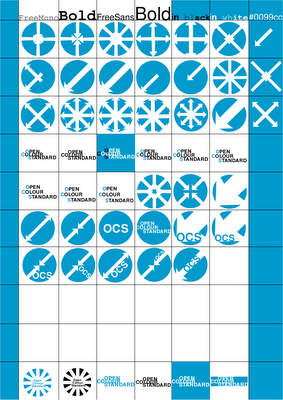It's here. There's finally a blog for the project. I'll pretty it up soon.
January 2009 Archives
WEEK4: hand in one to two pages (preliminary overview) about colour spaces and colour theory
- First colour wheel came from Newton who also assigned colours to the notes of the diatonic scale (synesthesia, anyone?).
- Red Yellow Blue has been the norm/base of colour theory & mixing since 1831 (Birren, 17) and has existed as a theory since 1731 (Birren, 11).
- Newton was the first to wrap the visible colour spectrum into a circle in order to form a wheel (Birren, 10).
- The standard colour space used by computer screens is sRGB. RGB is, of course, Red Green Blue as opposed to Red Yellow Blue.
- Standard colour space for print is CMYK, or Cyan Magenta Yellow Black. If you think about it, that's quite similar to Red Yellow Blue, except with fancier names and with Black added in.
- In many media, more pigments exist than just CMYK. These pigments are made of animals, vegetables and minerals (Bustanoby, 9).
- In the contemporary view of colour, there are the three primary colours, secondary colours (made by mixing together two primary colours), tertiary colours (mix a primary with a secondary), as well as tints, tones and shades of all the above colours.
- Different colour spaces aren't necessarily cross-compatible. Some colours that exist in sRGB don't exist in CMYK.
- There are also spot colour systems. These include colour spaces like Pantone. In these systems, instead of mixing CMYK to form a given colour, there is a specified, separate pigment.
- There are, of course, colours in the visible light spectrum which cannot be represented in either sRGB or CMYK.
- I need to put some stuff in about how we see light. The cones and all that. As well as additive vs. subtractive colour.
- Questions: Will digital always be the poor cousin to print and other physical manifestations of colour? How can complex physical colours be paired with their hex counterparts for ease of digital to print colour matching?

